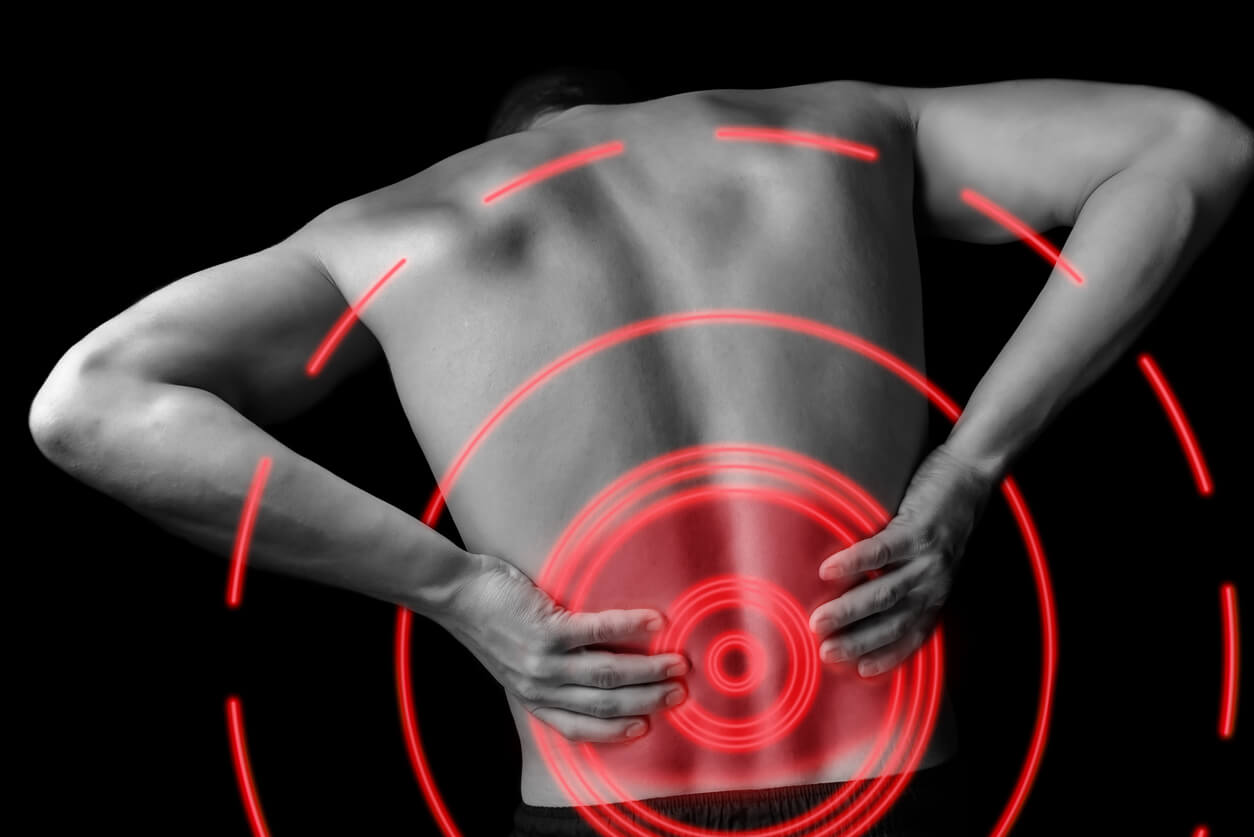Lumbar spondylosis, also known commonly as degenerative disk disease or osteoarthritis of the lower back, is an age-related condition characterized by the degeneration of the vertebrae and discs of the lower back. This degenerative process can result in a breakdown of one or multiple disks that separate the bones of the spine, leading to discomfort and other complications.

While the discs in the lumbar (lower) region are frequently affected, degenerative changes can take place in any part of the spine. Depending on where the affected discs are located, degenerative disc disease can manifest as periodic or chronic pain in either the back or neck. Certain activities such as sitting, bending, twisting, or lifting objects can exacerbate this pain.
Furthermore, degenerative disc disease, abbreviated as DDD, points to the wear-and-tear (arthritic) changes of the intervertebral disc, which might or might not result in significant spinal complications. In some cases, these degenerative alterations can coexist with other lumbar disorders, for instance, a herniated disc.
An associated condition, degenerative scoliosis, is a sideways curve in the spine that measures 10 degrees or more, presenting in adults due to spinal degeneration. This degeneration, also termed as osteoarthritis of the spine or spondylosis, raises the question: what causes degenerative scoliosis?
It’s essential to note that degenerative disc disease can lead to symptoms like pain, weakness, or numbness. The exact manifestation of these symptoms largely depends on the disc’s location and degeneration type. The most commonly reported symptoms include sharp and/or chronic pain in the back and neck, spasms of the back muscles, and pain that worsens with specific movements or postures.
Lumbar disc disease often commences with the degeneration of the disc material, which leads to a decrease in the vertebral body height. Over time, this puts more strain on the already weakened disc material, possibly causing it to bulge outward into the spinal canal.
For those affected by lumbar disk disease, they might experience:
Intermittent or continuous back pain, sometimes aggravated by movement, coughing, sneezing, or prolonged standing.
Muscle spasms in the back.
Pain in the neck or back, particularly in the lower back.
Pain flare-ups worsened by bending, lifting, or twisting.
Chronic pain, primarily in the lower back or neck.
Radiating pain, weakness, or numbness in arms or legs.
For a deeper understanding and more information on lumbar spondylosis, degenerative disc disease, and their associated symptoms and treatments, visit the following resources: Lumbar Spondylosis Degeneration, Degenerative Scoliosis Causes & Symptoms, and Understanding Degenerative Disc Disease.


